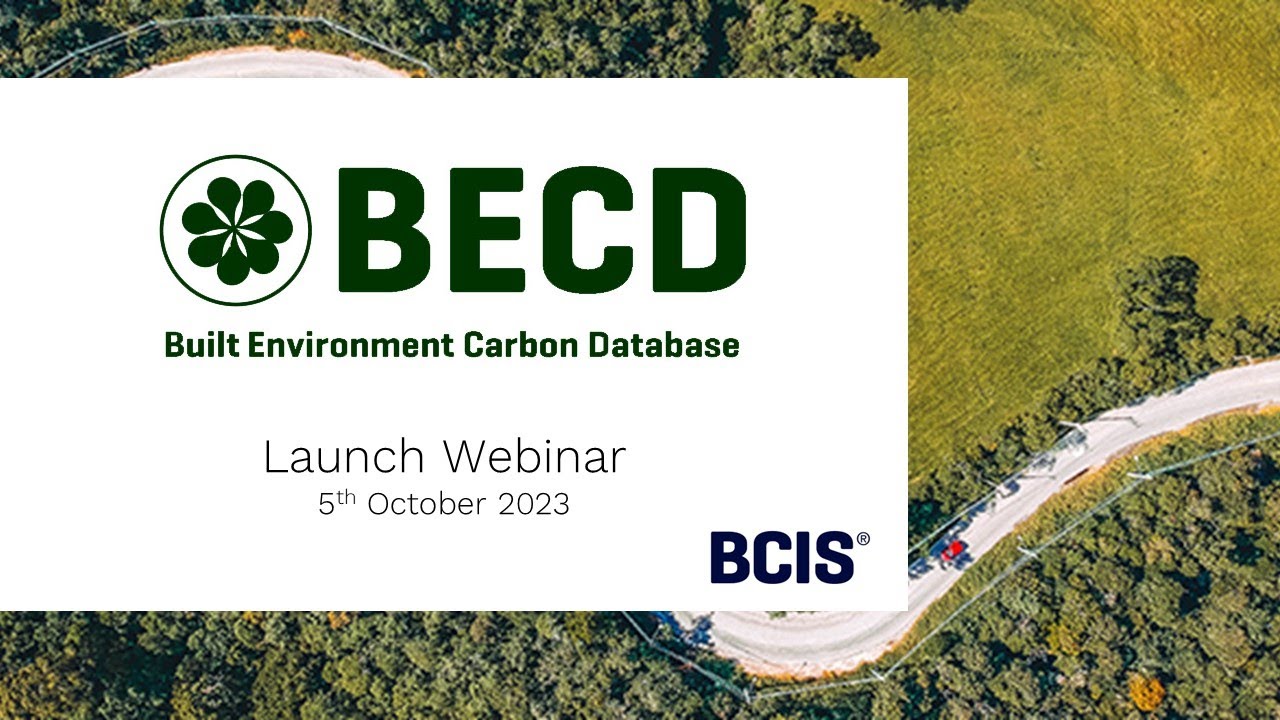
Technology drives creativity and quicker, more cost-effective projects. A step change for our industry.
See how we connect innovation to outcomes.

Expert insights on issues that transform business, increase sustainability and improve lives

Meet some of our passionate problem-solvers, constructive creatives and inspiring innovators
8. Measure and collaborate

“We have made huge strides in reducing embodied carbon since Carbon Crunch was launched 10 years ago and we are making progress every day,” said Mott MacDonald group managing director Cathy Travers. “However, measuring the effectiveness of our work is critical."
“We need to measure where we are at the moment and establish a baseline for us then to be able to identify where we’re going to get the greatest impact from the things we do and the greatest potential to reduce carbon.
“It is for that reason I was delighted to see the launch of the Built Environment Carbon Database – BECD for short – this autumn.”
BECD is a free to access carbon database for buildings and infrastructure, which is owned by the Building Cost Information Service, who are specialists in collecting, collating, analysing, modelling and interpreting cost information.
Benchmarking to improve
The BECD will allow precise calculation of the embodied carbon in all elements of a project, rather than an estimated single value for an overall project.
The move has been driven by criticism of the shortage of openly available industry data and of the lack of a clear “starting point” identified in the Is our Carbon Wallet Empty report, published in 2021 by Skanska with the Net-Zero Infrastructure Industry Coalition, which is chaired by Mott MacDonald.
Measuring the effectiveness of our work is critical.
“Mott MacDonald is proud to be the first company to share our proprietary carbon data through the database – with the full backing of our clients,” explained Cathy.
The BECD’s launch is initially focused on highway assets and uses a substantial body of infrastructure carbon data harvested from highways projects delivered by Mott MacDonald over the last seven years. Plans are in place to roll the database out to assets in the rail, energy and water sectors.
Mott MacDonald UK and Europe climate change lead Kim Yates added: “The plan is for the BECD to be expanded to other sectors in the built environment but, right now, the database allows you to look at the carbon cost of a typical roundabout, a flyover, and so on – rather than just a single figure for an overall project. It is that breakdown of the figures to a different level of granularity that differentiates it from other carbon calculators as it is based on built assets rather than predictions at design stage.
“By having a clear view of the current carbon cost, we can truly track the impact of carbon reduction measures taken at the design stage and compare them with industry norms. Using this data will aid design decisions to be made that enable our carbon reduction efforts to go further and faster.”
Data sharing needed
The BCIS, through its CEO James Fiske, is calling for others to share their data and give the database a broader range of data. He said: “The only way we can be sure that we are making the right decisions to reduce the environmental impact of our activities in the built environment, is to learn from and share data with each other.”
Using this data will aid design decisions.
Cathy continued: “To make BECD even more impactful, we ask for your support and that of every organisation in the built environment sector. We ask that you share your figures with the database too to make the benchmarking it delivers even more effective and accurate and better able to track trends.
“By sharing data, it will truly be possible to see how our designs measure up when it comes to moving the dial on carbon reduction. Getting to net zero is a shared responsibility and it would be really significant if everyone participates in the BECD initiative.”

Watch the video, here.
Find out how we can work together
UK
Sarah Griffiths
Technical principal: carbon net zero, water consultancy division

